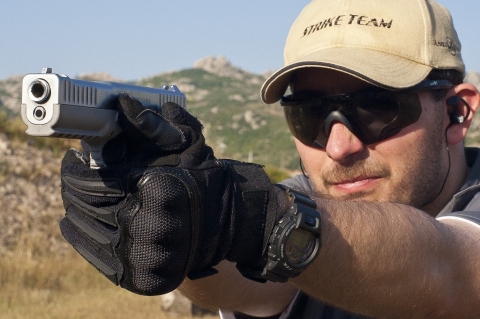LEAD AMMUNITION BAN: the costs are a disaster in the making, ESSF and FACE warn
The European Shooting Sports Forum (ESSF) and the European Federation for Hunting and Conservation (FACE) published the outcome of an impact assessment carried on independently concerning the proposed EU-wide lead ammunition ban: the results would be catastrophic for our community!
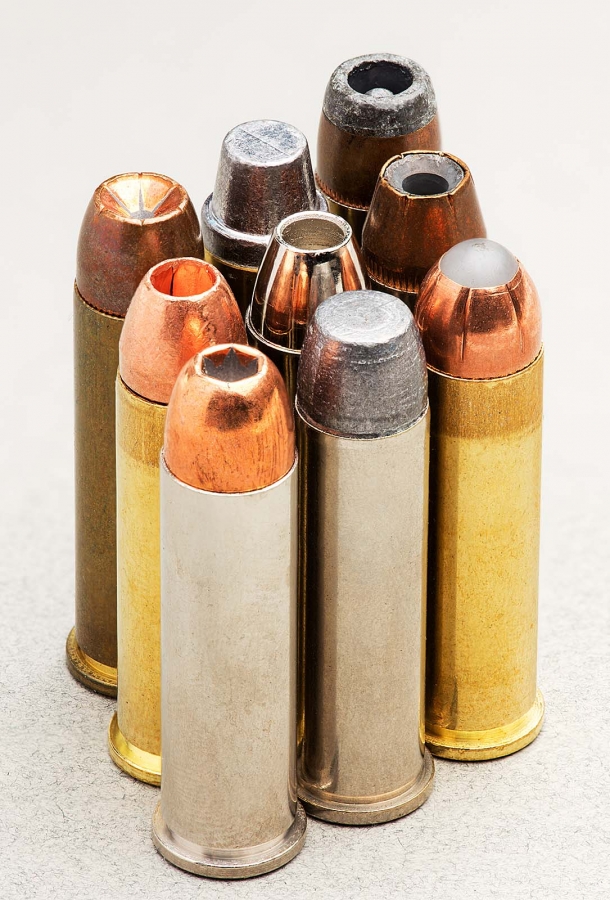
It's no mystery for anybody that the proposed all-out ban on the use of lead-based ammunition for any and all hunting and sport shooting all through the EU – proposed and pushed forth by the European Commission through the EU regulatory agency for chemicals, or ECHA for short – would bring catastrophic consequences for the European hunters' and shooters community.
And yet, as of today, the authorities and entities that support the lead ammo ban have all but avoided to carry on and publish a serious and in-depth impact assessment, despite the proposal currently being in a public consultation phase.
Turns out, the ESSF (European Shooting Sports Forum) and FACE did their own, contracting an external consultancy firm to interview over 18.000 hunters and shooters all through Europe in the past months.
The results were summed up in an article published on September 8th on the website Euractiv.com, and are available in full at this link.
There's no room for mistake: it would be a social and economic disaster, and not just for the hunters' and shooters' communities.
According to ESSF and FACE, all through Europe, one in four hunters would stop hunting outright, and over 30% of all European hunters would drastically reduce their activities, should the proposed EU-wide lead ammo ban become a reality.
Click here to read the full ESSF-FACE IMPACT ASSESSMENT (.PDF, English language)
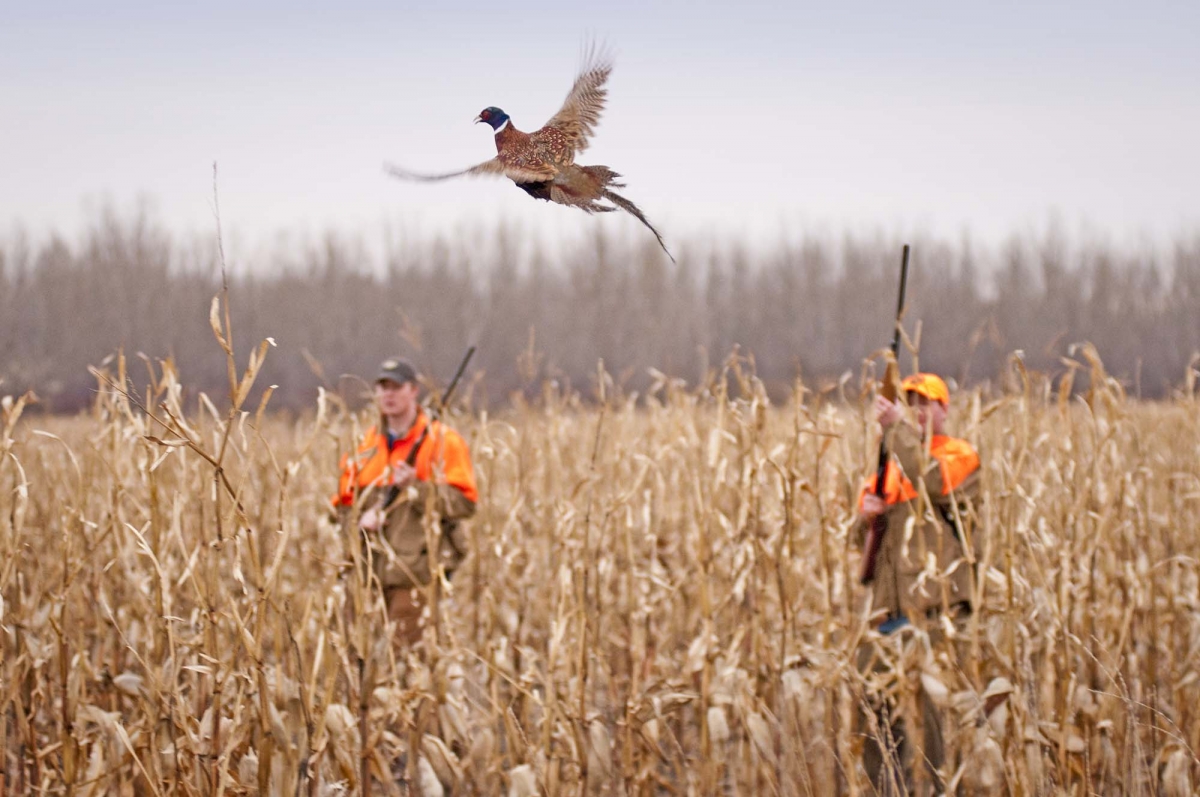
And that's not all: at least 30% of hunters would drastically reduce their activities should lead ammo be banned, and the same goes for sport shooting!
That's mostly due to the high transition costs tied to the use of lead-free ammunition, specifically the transition to new rifles, carbines and shotguns that would fire lead-free ammunition safely and accurately: as FACE itself already stated back in June, the figures concerning the number of hunting and sporting firearms that are not compatible with lead-free ammunition all through the EU have been severely underestimated and under-reported by the European Commission and ECHA.

According to ESSF and FACE, as of today, 34% of rifles, carbines and shotguns used by hunters all through the European Union are not compatible with lead-free ammunition. The costs related for the replacement of those firearms could reach up to 14.5 billion €, and that's a conservative esteem.
Communities at large would also suffer a plethora of negative environmental and economic consequences from the lead ammo ban: the reduction in active hunters would cause the proliferation of invasive pests that have no predators or for which the introduction of natural predators is inadvisable. Additionally – as ECHA itself estimates a yearly budget of € 3000 spent by each individual hunter to practice his or her sport – the reduction in hunting activities all through the twenty-seven member States of the EU would cause an economic loss of 5.7 billion € at the very least.
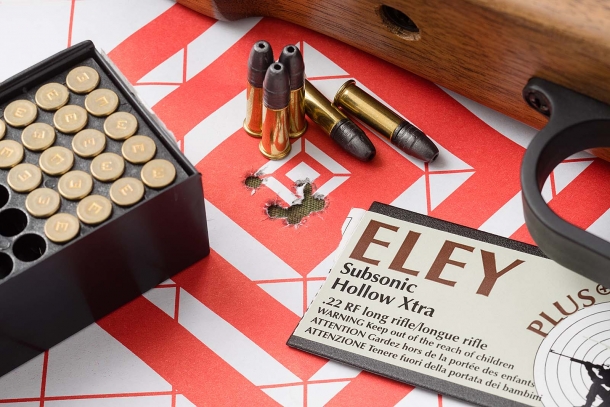
Sport shooters would also suffer from the negative impact of the lead ammunition ban, starting with ISSF shooters and others who practice target shooting disciplines with rimfire calibers such as .22 Long Rifle – for which no valid alternative to lead exists so far: once again, the ESSF/FACE's impact assessment proves ECHA wrong. In their Annex XV Restriction Report, quoting a Californian impact assessment, ECHA estimates a mere 10% unsuitability rate for rimfire rifles.
According to FACE and ESSF, that unsuitability rate falls drastically short of reality, compared to 90-100% unsuitability. This would add up to another 10% of guns which, according to ECHA (thus probably once again severely underestimated!), would need to be replaced due to their dependency on rare or obsolete calibers, for which there is no lead-free alternative.
The broad difference between the ECHA estimates and the numbers brought forward by ESSF and FACE are probably (although not solely) due to the fact that ECHA only factored "totally unsuitable" firearms into its cost analysis, while completely ignoring "limited suitability" shotguns, rifles and carbines whose users would need to adapt to the use of lead-free ammunition at their own expense – re-barreling and re-proofing them, purported that they live in a Country that has a proof-testing facility to ensure safety standards. Approximately 70% of hunters and shooters surveyed by ESSF and FACE are either "concerned" or "very concerned" about the costs involved in potential reproofing and the raise of costs associated with hunting and practice/sport/target shooting with lead-free ammunition.
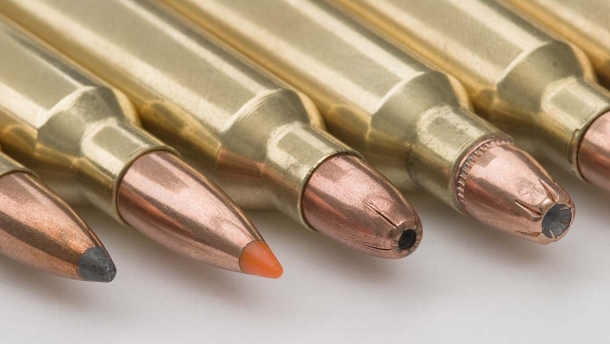
So much so, indeed, that 20% of respondents would stop practicing target shooting should the lead ammo ban become reality. Additionally, 54% of surveyed hunters would want to be provided practical training on the safe and proper use of non-lead ammunition – an issue strictly related to the safety and risks of non-lead ammunition, which poses risks concerning the wear of firearms, pressure levels in firearms that weren't specifically built for lead-free ammunition, and fire hazards caused by remnants of lead-free ammunition in the wilds.
Last, but not least, 46% of all respondents stated they would still use non-steel-proofed firearms with lead-free ammunition. With conversion not being mandatory, this would increase the risk of accidents. Compliance would be a difficult, expensive, and lengthy procedure:
According to the survey, only 30% of hunters are in a position to readily comply with the lead ammo ban; by 2030, only 35% would be ready to comply to a lead ammo ban for all hunting purposes, and barely 40% of all respondents would be ready to comply to a lead ammo ban for sport shooting activities. And all of this, compared to a risk to the enviroment, human and animal health caused by the use of lead-based ammunition in hunting and sport shooting that numerous independent studies have reported to be much lower than stated by the ECHA and the European Commission.
Conclusions are obvious: a ban on lead ammunition would have catastrophic consequences for hunters and sport shooters all through Europe, and it's easy to think that the true ratio behind the proposed restrictions, once again, is not the protection of the environment and of animal and human health but a desire to punish the gun owners' community for their organized resistance against the proposed EU gun ban back in 2015/2016.
The true consequences – and the true scope – of the lead ammo ban are now plain to see for everybody. That's not the way for an institution such as the European Union to recover credibility and support among the hunters and sport shooters community in Europe: back in 2015, their gun ban proposal triggered a reaction never seen before, both in terms of organized response and on the political side, with most gun owners shifting their vote towards anti-EU parties.
What makes "them" believe that this time things will be different?


